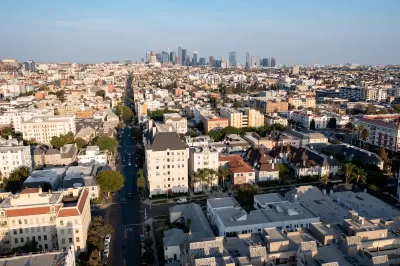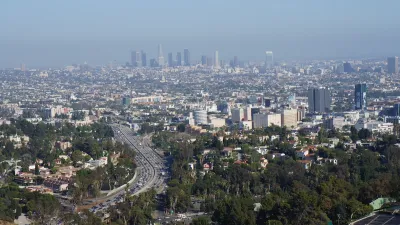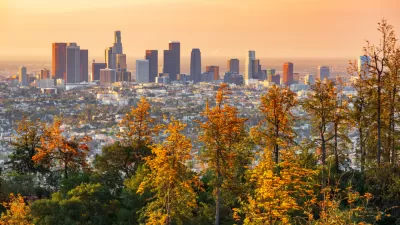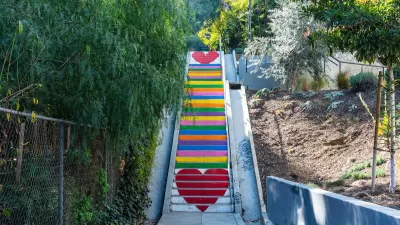LA's thermal inequities leave low-income, minority neighborhoods disproportionately hotter and more vulnerable, prompting advocacy and policy efforts to address these disparities through green infrastructure and equitable climate investments.

Los Angeles faces significant thermal inequities, with low-income and minority communities enduring higher temperatures due to a lack of green spaces and historical public policies. Wealthier, predominantly white neighborhoods benefit from tree canopies, air conditioning, and water-intensive landscaping, while areas like South LA and the San Fernando Valley, which have a history of redlining, suffer from minimal vegetation and older, heat-trapping infrastructure. These disparities have severe health consequences, as minority groups account for a disproportionate share of hospitalizations and deaths during extreme heat events.
The roots of thermal inequity trace back to redlining practices of the 1930s, which systematically deprived minority communities of investment, leading to dense, industrial urban layouts devoid of parks and greenery. Studies reveal that formerly redlined neighborhoods are significantly hotter, with up to 37 percent less tree canopy than wealthier areas. Efforts to address these injustices include cool pavement installations, tree planting, and investments in parks and green infrastructure, as demonstrated in neighborhoods like Pacoima and Sylmar. Recent state initiatives, including a $10 billion climate bond, aim to allocate significant funds toward creating green spaces in disadvantaged areas.
Despite slow progress, community resilience and advocacy offer hope. Local leaders, researchers, and residents collaborate to mitigate urban heat through predictive models and sustainable urban design. Grassroots efforts like those led by youth climate advocates and policy initiatives from the LA County Chief Sustainability Office emphasize equity-driven solutions. Community advocates remain hopeful, highlighting recent efforts to increase tree plantings and awareness, as neighborhoods continue to push for much-needed investments in green infrastructure and climate resilience.
FULL STORY: Thermal Inequity: How wealth and race determine LA’s hottest and coolest areas

Planetizen Federal Action Tracker
A weekly monitor of how Trump’s orders and actions are impacting planners and planning in America.

Congressman Proposes Bill to Rename DC Metro “Trump Train”
The Make Autorail Great Again Act would withhold federal funding to the system until the Washington Metropolitan Area Transit Authority (WMATA), rebrands as the Washington Metropolitan Authority for Greater Access (WMAGA).

The Simple Legislative Tool Transforming Vacant Downtowns
In California, Michigan and Georgia, an easy win is bringing dollars — and delight — back to city centers.

The States Losing Rural Delivery Rooms at an Alarming Pace
In some states, as few as 9% of rural hospitals still deliver babies. As a result, rising pre-term births, no adequate pre-term care and harrowing close calls are a growing reality.

The Small South Asian Republic Going all in on EVs
Thanks to one simple policy change less than five years ago, 65% of new cars in this Himalayan country are now electric.

DC Backpedals on Bike Lane Protection, Swaps Barriers for Paint
Citing aesthetic concerns, the city is removing the concrete barriers and flexposts that once separated Arizona Avenue cyclists from motor vehicles.
Urban Design for Planners 1: Software Tools
This six-course series explores essential urban design concepts using open source software and equips planners with the tools they need to participate fully in the urban design process.
Planning for Universal Design
Learn the tools for implementing Universal Design in planning regulations.
Smith Gee Studio
City of Charlotte
City of Camden Redevelopment Agency
City of Astoria
Transportation Research & Education Center (TREC) at Portland State University
US High Speed Rail Association
City of Camden Redevelopment Agency
Municipality of Princeton (NJ)





























